China-Russia-trade – Carbon-capture 15-04-2022 - Arhive
China-Russia-trade – Carbon-capture
-ExxonMobil rethinks film design with Exceed™ S Performance Polyethylene
The new PE platform aims to decrease complexities associated with film formulations
American oil & gas giant ExxonMobil has reportedly launched the new Exceed™ S performance polyethylene (PE) resins capable of providing industry-leading combinations of characteristics like stiffness and toughness, making it easily processable.
Based on the company’s innovative developments in polymer science, the PE platform has the potential to eliminate the complexity of film formulations as well as design, whilst improving film performance, packaging durability, and conversion efficiency.
Speaking about the new innovation, Tom Miller, Exceed™ S Marketing Manager at ExxonMobil, highlighted the simplicity of the new PE resins, allowing converters to obtain higher performance levels through easy processing.
Miller added that Exceed S also comes with ideal toughness and stiffness with less blending to simplify operations and enhance package durability.
Innovative converters can use Exceed™ performance PE to strengthen film design as it helps create robust functional layers to maximize performance which will ultimately provide sustainable solutions and reduce the need for HDPE or LDPE for stiffness and processing respectively. China-Russia-trade – Carbon-capture
Exceed™ S resin’s first three resins’ first three commercially launched grades are designed to offer low melt pressure with high output on blown film lines.
Significance of Exceed™ S resins in packaging and film applications:
Exceed™ S resins’ low melt pressure and high extrusion output benefits large-format heavy duty sacks used in agriculture and silo bags used for farming via increased impact, puncture, and tear resistance while enhancing converter’s production capacity.
Higher rigidity/toughness is key in primary packaging, such as in non-laminated coextruded films for pouches/bags storing liquid, food, or other goods as they often break during transportation. China-Russia-trade – Carbon-capture
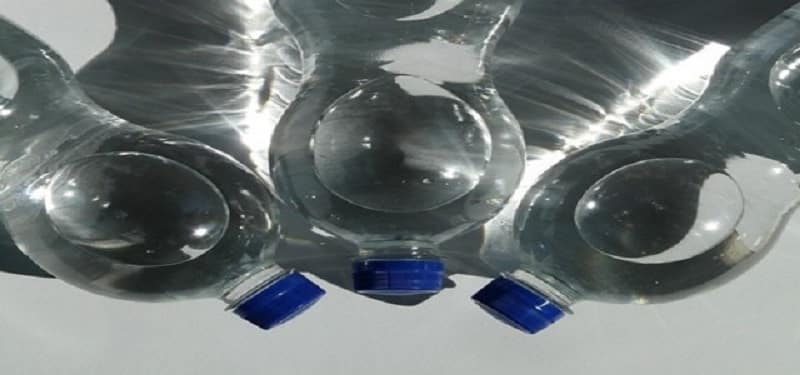
-China’s trade with Russia slows but still beats overall growth
China’s overall trade with Russia rose over 12% in March from a year earlier, slowing from February but still outpacing the growth in China’s total imports and exports, as Beijing slammed Western sanctions on Russia following its invasion of Ukraine.
Shipments to and from Russia increased 12.76% in March to $11.67 billion, Chinese customs data showed on Wednesday, slowing from 25.7% growth in February, when Russia launched its invasion. China-Russia-trade – Carbon-capture
Still, the growth in March was faster than the 7.75% increase in China’s trade with all countries and regions to $504.79 billion that month.
Russia invaded Ukraine on Feb. 24 in a move that Moscow described as a “special military operation” designed to demilitarise and “denazify” its southern neighbour.
Beijing has refused to call Russia’s action an invasion and has repeatedly criticised what it says are illegal Western sanctions to punish Moscow.
Several weeks before the attack on Ukraine, China and Russia declared a “no-limits” strategic partnership. Last year, total trade between China and Russia jumped 35.8% to a record $146.9 billion. China-Russia-trade – Carbon-capture
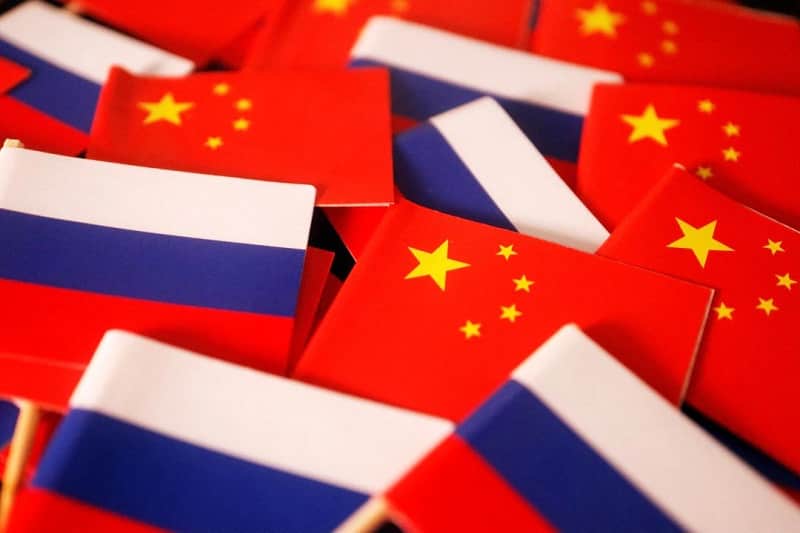
-MERLIN: Increasing the quality and rate of MultilayER packaging recycLINg waste
The main objective of the MERLIN project, coordinated by ITENE and supported by the Horizon 2020 programme, is the development of new sorting, delamination and recycling processes for multilayer post-consumer packaging, both flexible and rigid, in order to produce new packaging solutions for food packaging with a circular economy model. China-Russia-trade – Carbon-capture
Context
In 2019, 29.1m tonnes of post-consumer plastic waste was collected in Europe. Only 32.5% of this plastic packaging was recycled, while 42.6% was incinerated and 24.9% was landfilled (data from Plastics, The Facts 2020). This is still far from the target of recycling 55% of plastic by 2030, as set out in the European Plastics Strategy and Directive (EU) 2018/852 on packaging and packaging waste.
Currently, the market demands a large share of multilayer packaging. These are structures that are difficult to detect in sorting plants, as current technologies can only identify their surface layer.
Moreover, once sorted, their recyclability depends on costly and complex methods to separate their layers, as the different nature of the polymers makes them incompatible. In addition, the high-strength adhesive used to bond the layers requires the current delamination processes to be improved and optimised.
This results in multilayer packaging being landfilled or incinerated and requires improved sorting and recycling processes for multilayer plastic waste currently not recovered from post-consumer sources. Therefore, this project will focus on the identification of multilayer rigid, non-metallised flexible and metallised flexible packaging, as well as on their recycling, by developing a specific recovery process for each of them.
Summary and objectives
MERLIN’s main objective is to offer technological solutions to increase the quality and waste rate of recycled multilayer packaging and to work on the development of disruptive processes for the sorting, delamination and recycling of multilayer rigid and flexible plastic packaging with a circular economy model.
These are expected to provide solutions to recover and recycle 3.03 million tonnes per year of multilayer packaging waste in Europe, reducing greenhouse gas emissions and dependence on imported fossil fuels.
It will also contribute to boosting the EU recycled plastics market to reach 10 million tonnes of recycled plastic by 2025, as proposed by the Circular Plastics Alliance, and will contribute to meeting the European circular economy requirements set out in the European Plastics Strategy or the European Green Deal, as well as the achievement of the Sustainable Development Goals. China-Russia-trade – Carbon-capture
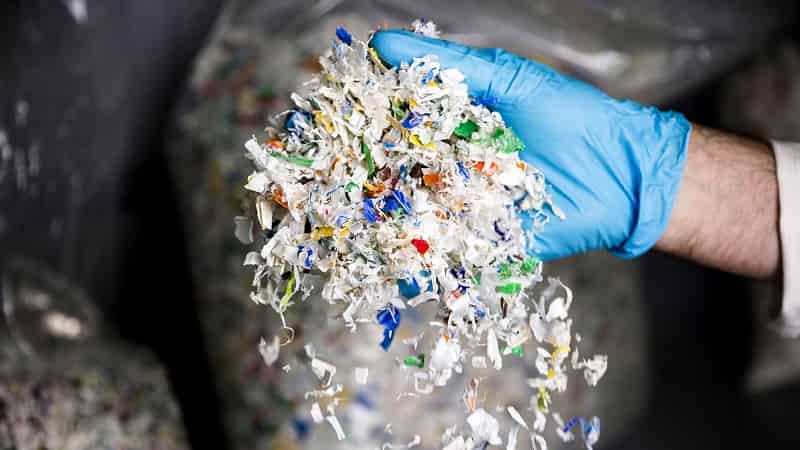
-Polymer prices offer 20-50% arbitrage on the surplus in China and shortage in Europe
At a time when the world is struggling to overcome the impact of the Russia-Ukraine war coupled with supply disruptions from China on account of the coronavirus (Covid)-induced lockdowns, arbitrageurs see an enormous trading opportunity in the volatile polymer price movements between China and Europe.
Most polymers are currently trading in China at around a 20-50 percent discount to their prevailing prices in Europe primarily due to the demand-supply imbalance. While producers across China are unable to transport polymers from the factory premise to the port for shipment overseas and also to the downstream industry for processing because of lockdowns, massive traffic congestion at Chinese ports has worsened the movement of ships for loading and unloading.
Eventually, the unavailability of workers at the port following Covid restrictions has crippled port traffic movement. China-Russia-trade – Carbon-capture
In China prices of various olefins and polyolefins are under downward pressure while in Europe, there is a strong bullish undertone for want of material.
Propylene price for both domestic origin and imported variety is hovering at around euro 1580-1590 (US$1597-1607) a tonne for immediate delivery in the North West European markets as compared to US$ 1217-1232 a tonne in East China.
Similarly, polypropylene prices are quoting in the northwest European market at around euro 1995-2005 (US$ 2017-2027) a tonne compared to US$ 1342-1381 a tonne in East China. Elsewhere across China also, polypropylene is quoted in the range between US$ 1349-1404 a tonne.
The price anomaly is no different for other polymers across the two regions. Polymer prices have declined in China and increased in Europe in the last few weeks.
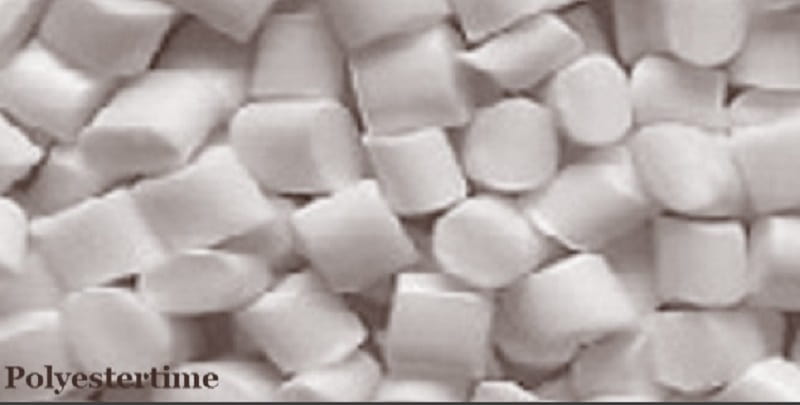
-Cheaper alternative to current carbon capture technology is on the way
Thank you for sharing this story! However, please do so in a way that respects the copyright of this text. If you want to share or reproduce this full text, please ask permission from Innovation Origins (partners@innovationorigins.com) or become a partner of ours! You are of course free to quote this story with source citation. Would you like to share this article in another way? China-Russia-trade – Carbon-capture
The University of Nottingham is leading an international consortium aiming to accelerate the development of carbon capture and storage, informs the university in this press release.
It’s one of several projects that have received a share of £5 million grant funding from the Department for Business, Energy and Industrial Strategy.
Carbon capture and storage (CCS) is recognised to be one of the most effective measures towards the European Union’s commitment to reach climate neutrality by 2050 and mitigate against global warming, staying within 1.5 degrees centigrade of pre-industrial levels during the remainder of the 21st century.
Cheaper alternative with a polymer
The experts are setting out to develop a cheaper alternative to the current process of amine scrubbing – the most mature technology that separates CO2 from natural gas, however the process is expensive, requiring a high level of energy and water consumption, and can cause environmental issues.
Professor Colin Snape, study lead, said: “Carbon Capture and Storage is key to achieving the UK’s ambitious target of eliminating greenhouse gas emissions by 2050. It’s therefore extremely important to accelerate the pace of developing alternatives to the current technologies on offer.”
Professor Snape added: “PEI is a polymer that avoids environmental issues associated with the basic liquids, used in amine scrubbing and requires less energy to release the CO2 after capture to enable subsequent pipeline transport and storage.”
What is carbon capture and storage (CCS)?
CCS is the technology used to prevent and reduce the amount of CO2 in the atmosphere as an attempt to mitigate global warming. Some of the largest sources of CO2 includes coal and natural gas power plants and industrial processes (such as iron and steel and cement plants). China-Russia-trade – Carbon-capture
CCS involves three main components: capture, transport and storage. Once CO2 has been captured, i.e. separated from other gases being emitted, it is transported to a final storage location (usually through a pipeline). In the UK, the captured CO2 will be injected into either depleted oil and gas reservoirs or deep saline aquifers.
Amine scrubbing is the most mature technology that separates CO2 from natural gas however the process is expensive, requires a high level of energy and it can cause environmental issues.

-BASF and Henkel focus on renewable feedstock in Henkel’s consumer goods products
BASF and Henkel jointly commit to replacing fossil carbon feedstock with renewable feedstock for most products in Henkel’s European Laundry & Home Care and Beauty Care businesses over the next four years following a successful pilot with Henkel’s cleaning and detergent brand Love Nature in 2021, as per Henkel’s press release.
Through the cooperation, the fossil feedstock for around 110,000 tons of ingredients per year will be substituted with renewable feedstock using BASF’s certified biomass balance approach. As a result, Henkel’s core brands like Persil, Pril, Fa and Schauma will come with a reduced carbon footprint, avoiding around 200,000 tons of CO2 emissions in total. China-Russia-trade – Carbon-capture
“We are delighted to build on our ongoing cooperation with BASF and significantly increase the share of biomass in our value chain for our products used by millions around the world every day,” said Carsten Knobel, CEO of Henkel. “To foster a regenerative planet, we are on a journey toward an environmental transformation of our business model. We intend to continuously enhance our processes, products and use of raw materials for a resource-efficient, carbon-neutral future. Integrating BASF’s biomass balance approach into our supply chain as an early-mover is a right step in that direction.”
The replacement of fossil feedstock is possible through BASF’s biomass balance approach: renewable resources are used in the very first steps of chemical production. The bio-based feedstock amount is then attributed to specific products by means of the certified method.
BASF has established a closed chain of custody from the renewable feedstock it uses through to the final product. TUV Nord, an independent certification body, supports the practical implementation and confirms according to the REDCert2 certification scheme that BASF replaces the required quantities of fossil resources for the biomass balanced product with renewable feedstock. China-Russia-trade – Carbon-capture
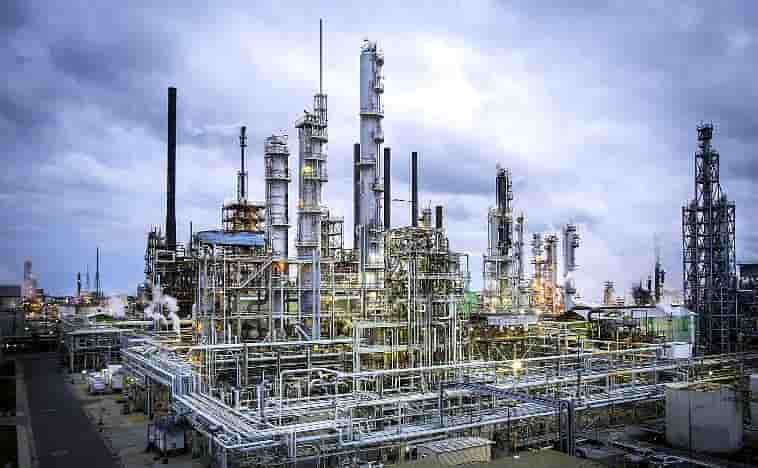
China-Russia-trade – Carbon-capture
